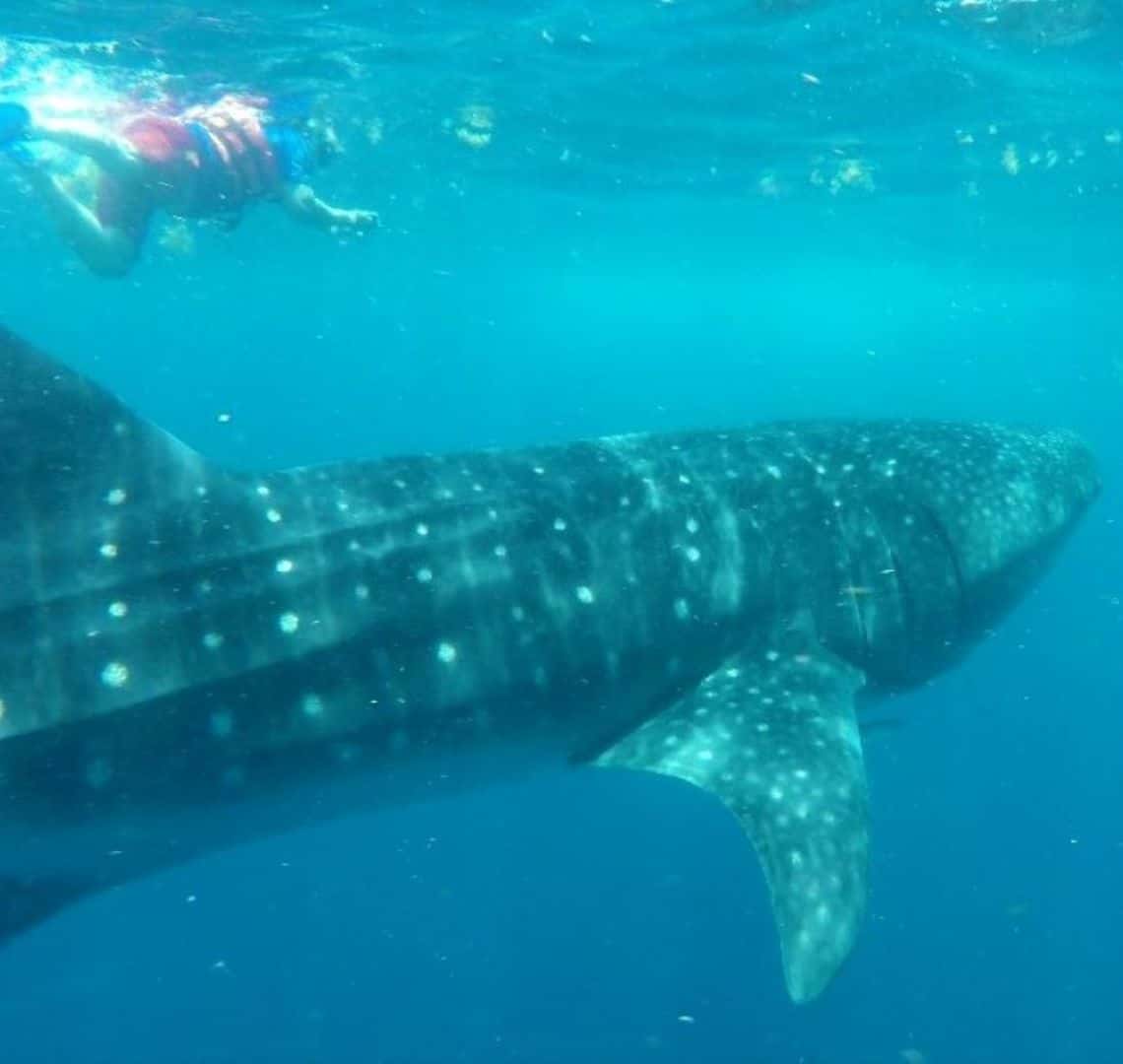
This has been a series that I have been thinking about for a long time. If you’ve followed me for a while, you’ll know that our trip to Koh Phi Phi had a profound impact on me and dramatically changed how we have travelled since. How to travel responsibly has been something that has grown and grown in value to me and to my Wanderlust family as we have travelled more and more extensively. The more we have seen, the more we have realised the importance of travelling responsibly and the many ways we can do it. Sometimes, though, it can feel overwhelming – how can one family make any difference in the grand scheme of things? The answer is, of course, there are loads of things that everyone can do. In this post, I asked some other bloggers to share their best tips for responsible tourism and protecting animals.
For more tips on responsible tourism, check our my other posts on this topic:
- Responsible travel – protecting the environment
- Responsible travel – responsible tourism
- Responsible travel – transport and travel
Don’t visit captive animals
I was so excited when Brodi from Our Offbeat Life contacted me with her recommendation. Swimming with dolphins has always felt wrong to me and I was so places when she came up with swimming with whale sharks as an alternative. As always, please do your research before you go and make sure that the money you are paying is helps to protect, not harm them.

If you’re seeking an eco-friendly way to interact with aquatic animals on your trip, swimming with whale sharks in the wild is a great substitute for swimming with captive dolphins. Engaging with captive animals is generally an activity to avoid, as often the animals are not treated well by their owners.
When choosing to swim with whale sharks, you are contributing to sustainable tourism. Typically the cost exceeds $150 USD per person but there is some variation depending on what country you choose to do the activity.
In addition, generally, a portion of the excursion fee goes to help finance the aquatic reserve where the whale sharks congregate. In addition, choosing to swim with whale sharks signals to the local governments that ecotourism is important and that they need to do more to protect these gentle giants.
Because swimming with whale sharks is a once-in-a-lifetime opportunity, choose the right age for kids to participate. While some tour operators allow kids as young as five to participate, the water where whale sharks swim is deep and can be a bit choppy.
To prevent meltdowns that ruin the day, it’s better to wait until kids are at least eight years old and are very comfortable in the water where they can’t see the bottom.
Wear a rashguard and use reef-safe sunscreen
Katie from Katiecaftravel.com reminds us that there are many ways that we can keep animals safe and wearing reef-safe sunscreen is one of them. We always try to use reef-safe sunscreen and, when travelling to more remote places, make sure we bring it with us in case it isn’t available to buy locally when we arrive.
As responsible travelers, it’s our job to do no harm while visiting our planets most delicate eco systems. That’s why it’s upsetting to learn that chemicals used in typical sunscreens are damaging coral reefs en masse.
One easy thing we can do to help save the planet is to switch out our chemical-laden sunscreens for all natural mineral-based sunblocks that protect both our skin and our oceans.
How do you know if a brand of sunscreen is good or bad for the planet? Unless you’re a chemist, it can be hard to tell. Luckily, Savethereef.org goes into more detail on different brands and formulations of sunscreens that have been deemed reef-safe.
If you don’t have the budget for lots of all-natural sunscreen, an alternative that is also reef-safe (and reusable!) is to forgo the sunscreen on you body alltogether and instead opt to wear a rashguard. Rashguards are the simplest way to protect your body from the sun and the oceans from chemcicals at the beach.
Support local sanctuaries
Merry from Virginia Vacation Guide tells us all about how to find responsible animal sanctuaries. I know from experience that this can be a minefield. There are so many out there claiming to be sanctuaries when they are really just exploiting the animals! Please please do your research and make sure that they really are legit.

A great and unique way to travel responsibly is to support a local animal shelter or animal sanctuary. Sadly there are many endangered and threatened animal species around the world, but some places are working hard to protect endangered animals and help revitalize local animal communities.
When planning your next trip, you can find out if there is a local animal sanctuary that you can visit and support. A great resource for finding sanctuaries around the world is the Global Federation of Animal Sanctuaries. It includes a map feature to help you locate sanctuaries in different geographic regions. It also serves as an accreditation program for sanctuaries around the world.
Many sanctuaries offer visitor tours for a fee where you can see the animals up-close and learn more about the animals as well as the rehabilitation efforts of the facility. You can also volunteer at many sanctuaries for an even more in-depth learning experience.
Do your research
Proper research is one of my real soapbox recommendations! Reading an about us page or taking someone else’s word for it just isn’t good enough these days. Caro from Veggie Wayfarer has some great recommendations that I’ll be using before every trip from now on!
The beauty of traveling lies in exploring new cultures, trying mouth-watering concoctions that are not available at home and – hopefully – giving back to local communities. Traveling does tend to come at a certain expense to the environment, part of which can be mitigated by carbon offsetting and by making smart choices on where to spend your money locally.
As traveling responsibly becomes increasingly widespread, so does the use of so-called green-washing – The act of portraying an activity as eco-friendly while this is in fact not the case. A prime example is the sudden explosion in so-called Elephant Sanctuaries in Thailand that have de facto replaced the previously omnipresent riding camps. Seemingly happy animals, surrounded by throngs of unsuspecting tourists, preferably in a green setting, seems to be the preferred tactic to convince visitors of the “ethical nature” of animal sanctuaries across the world (this is not limited to Thailand).
Yet, by asking a few simple questions one can avoid falling into these types of tourists traps. First and foremost, take a step back and ask yourself who benefits from the activity: Does an elephant really need to be bathed multiple times a day by strangers? Or is this simply a great photo opp for potential visitors?
Second, do your homework when it comes to the supplier of the activity. Do they have any recognized accreditations, the emphasis being of recognized (for example the official Green Key accreditation for hotels).
And last but not least, do not get fooled by good photography and skillful writing. Check the various different alternatives on the market, check sites like PETA or the official Tourism Board of the country in question for recommendations and watch-outs.
What about you?
What about you Wanderlusters? Do you have any tips for ways we can protect animals and travel responsibly?
For more tips on responsible tourism, check our my other posts on this topic:
- Responsible travel – protecting the environment
- Responsible travel – responsible tourism
- Responsible travel – transport and travel
